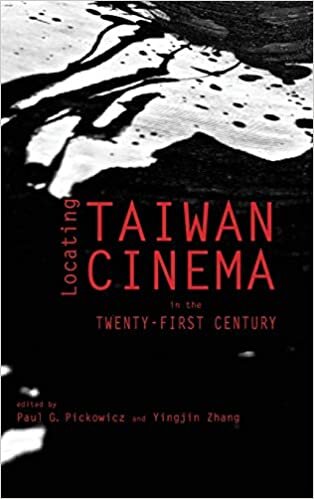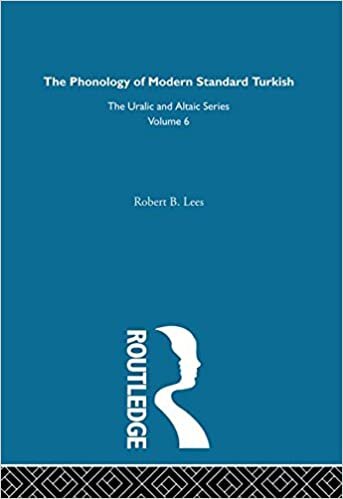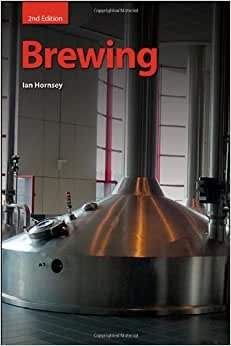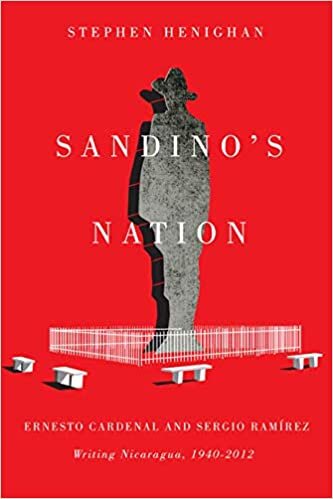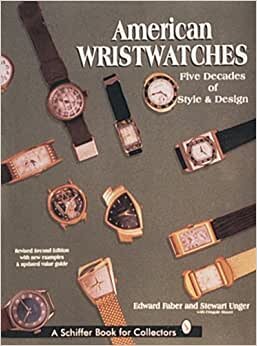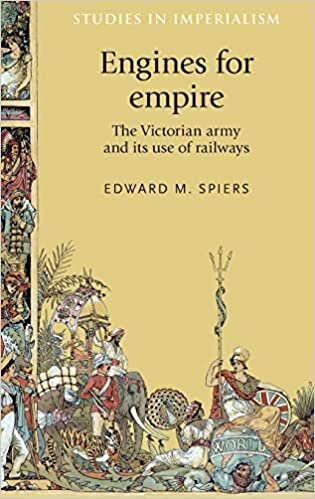okumak Chinese Battleship vs Japanese Cruiser: Yalu River 1894 (Duel) internet üzerinden
Kullanıcı oyu: 4.8
Chinese Battleship vs Japanese Cruiser: Yalu River 1894 (Duel)
yazar Chinese Battleship vs Japanese Cruiser: Yalu River 1894 (Duel):Benjamin Lai
Chinese Battleship vs Japanese Cruiser: Yalu River 1894 (Duel) kitabının yorumları - (5)
Great book author knows their stuff!
A picture of Matsushima in drydock showing part of the Mitsubishi yard illustrates how good this material is
Pre drednought battle
I found this book most interesting, and gave an insight in to how the IJN would behave much later after WWI and into WWII
Very readable
Another winner from author Benjamin Lai
Another great history book from the prolific author Benjamin Lai. This is a subject which has not been covered in any history books before. It gives a great insight into the naval battle between China and Japan in the 19 century.
Great book about a overshadowed battle that shaped navies for decades
Very interesting book about a forgotten conflict, and chapter of naval history. This area of naval warfare is important in how much it shaped the design and tactic elements for warships for the decades to come, but can often be overlooked. The design and development section focuses more on rapidly changing technology at the time, and the 2 navies attempts to grow to counter one another, with less attention put on the action ships design as other fuel series books, possibly because they were bought from other nations and not their own designs to fit their particular needs per say. The rise of both the navies is very interesting, especially in chinas case as it would rise and then cease to exist in the span of this read. The technical specifications chapter goes into all the armour, guns, fire control and engines of ships of the time in both fleets, and is bushing over a lot because of how much variety is in each navy, which in impossible to cover here. Also note that just because this book is titled Chinese Battleships vs Japanese Cruiser because of the duel format, although it does focus on these types for sure, much more of both navy ships are covered than that. The combat section is interesting, although given the somewhat hectic state of the ship dispositions after the Japanese fleet crosses the Chinese T, and Probably due to records on these battle being somewhat imprecise, it’s more of compilation of all the little events that have been recorded all piled in some sort of chronological order. Overall this book is a very good study of this action and it’s great impact, and leads directly into another duel series book, Russian Battleship vs Japanese Battleship, which overshadows this Yalu River battle slightly, but it is extremely important and interesting none the less
Quite authoritative and interesting, but a very selective descrption of the ship designs involved.
The author clearly has a good understanding of the technology of the time, especially the importance of quick firing guns and picric acid chemical explosives: the Japanese had 192 quick firing guns and the Chinese 27. All the Japanese quick firers were supplied by Sir William Armstrongs works at Elswick and they even presented him with a medal in recognition. The big Japanese 320mm Canet guns were almost imposible to fire at all and the Chinese Krupp ones scarcely hit anything, so this was largely a cruiser battle. Add to this the cumbersome Chinese line abreast formation, slower speed and poor discpline aboard some ships and the outcome became inevitable.
All this becomes clear in the book,, but there is first a very good explanation of the politics and strategic background. It was interesting to learn that the Japanese primarily feared Russian ambitions in Korea and saw this as the major threat to themselves, since they knew the Chinese would fail to resist Russia’s determination to acquire an ice free port (Lushunkou). Later events leading up to the Rusio - Japanese war of 1904- 5 proved this fear to be well founded.
Mr Lai explains strategy and tactics very well and attributes the Chinese ‘line abreast’ formation to that used by the Austrians at the battle of Lissa (1866). However his statement that the Austrians ‘annihilated the Italians one by one’ is entirely wrong: they only sank one Italian ship by ramming in that assault and then the battle largely became a lottery since all central control was lost. In fact only two Italian ships were sunk in total and the Austrians were lucky to have an incompetent opponent that day. By contrast, at the Yalu the Chinese faced the disciplined and well trained Japanese.
The author gives quite detailed descriptions of the two Chinese battleships and the Japanese cruiser Matsushima (with its single Canet 12.6inch gun) but, apart from some comments about the cruiser Yashino, there are hardly any details at all describing any of the other ships. I suppose that is in line with the ‘duel’ idea behind this series of books, but of course the Yalu was a complex battle in which these two major warships only occasionally came into contact with each other. I would have at least expected a table summarising the characteristcs of the many ships involved (not just their names and captains) and pictures of them: these do exist, even for the more obscure Chinese ones. I also find it unhelpful that the spelling of the Chinese ship names is entirely different to what is found in all the other books I have on the subject. No doubt these spellings are the latest (politically?) correct ones but to me it is just confusing. There is interesting information about key personalities, including European political advisors, and an explanation of the influence of Chinese confucian philosopy for the conduct of war. It is easy for Europeans to dismiss the Chinese ideas of the time as backward and naive, but actually they were (and are) highly sophisticated: unfortunately they were also easily outplayed by the overwhelming power of ruthless modern mechanized warfare.
Near the end the book includes some interesting statistical data comparing gunnery and casualties on the two sides. The author notes that after this short war the Japanese gained huge financial reparations from the Chinese and that these paid for ever greater military spending. Unfortunately the victory also fueled the over confidence that ultimately led to disaster in World War Two.
A geat deal is achieved here in a little book of 80 pages and the author has certainly studied his subject, but I do find the focus on just two ship designs somewhat odd: it gives a nod to the ‘duel’ idea behind this series, but really this book is not about a gladiatorial duel, in the true sense, at all. The Yalu was actually a complex battle noteable for the great variety amongst the ships involved.
İnceleme ekle
Son kitaplar
Popüler yazarlar
En İyi Yayıncılar
İlgili kitaplar




